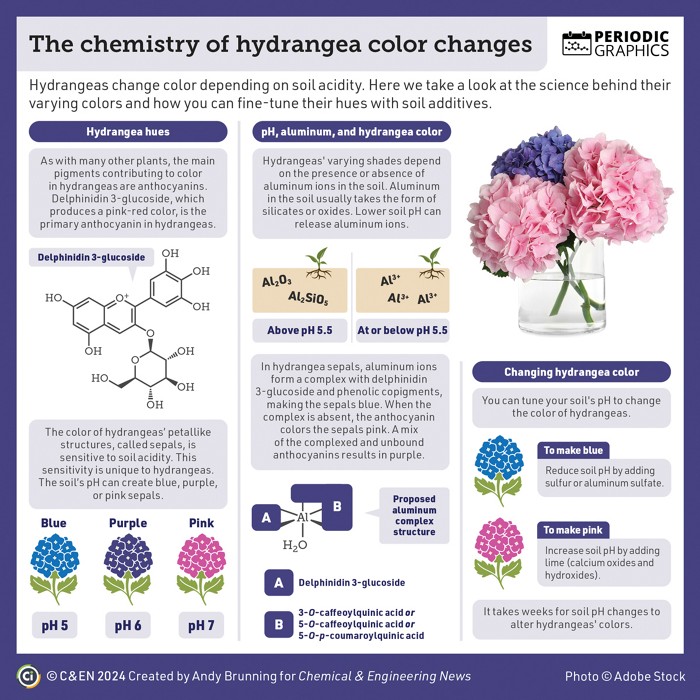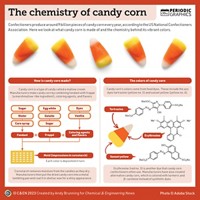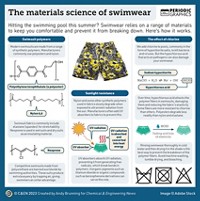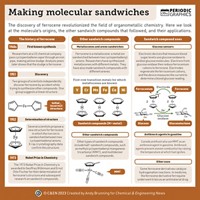Advertisement
Grab your lab coat. Let's get started
Welcome!
Welcome!
Create an account below to get 6 C&EN articles per month, receive newsletters and more - all free.
It seems this is your first time logging in online. Please enter the following information to continue.
As an ACS member you automatically get access to this site. All we need is few more details to create your reading experience.
Not you? Sign in with a different account.
Not you? Sign in with a different account.
ERROR 1
ERROR 1
ERROR 2
ERROR 2
ERROR 2
ERROR 2
ERROR 2
Password and Confirm password must match.
If you have an ACS member number, please enter it here so we can link this account to your membership. (optional)
ERROR 2
ACS values your privacy. By submitting your information, you are gaining access to C&EN and subscribing to our weekly newsletter. We use the information you provide to make your reading experience better, and we will never sell your data to third party members.
Environment
Periodic Graphics
Periodic Graphics: The chemistry of hydrangea color changes
Chemical educator and Compound Interest blogger Andy Brunning illustrates the chemistry behind hydrangeas’ hues
by Andy Brunning, special to C&EN
April 28, 2024
| A version of this story appeared in
Volume 102, Issue 13


To download a pdf of this article, visit cenm.ag/hydrangeas.
References used to create this graphic:
Ito, Takaaki, Dan Aoki, Kazuhiko Fukushima, and Kumi Yoshida. “Direct Mapping of Hydrangea Blue-Complex in Sepal Tissues of Hydrangea macrophylla.” Sci. Rep.(2019). DOI: 10.1038/s41598-019-41968-7.
Schreiber, Henry. “Curious Chemistry Guides Hydrangea Colors.” American Scientist, November–December 2014, 444. DOI: 10.1511/2014.111.444.
Yoshida, Kumi, Kin-ichi Oyama, and Tadao Kondo. “Insight into Chemical Mechanisms of Sepal Color Development and Variation in Hydrangea.” Proc. Jpn. Acad., Ser. B(2021). DOI: 10.2183/pjab.97.003.
A collaboration between C&EN and Andy Brunning, author of the popular graphics blog Compound Interest
To see more of Brunning’s work, go to compoundchem.com. To see all of C&EN’s Periodic Graphics, visit cenm.ag/periodicgraphics.





Join the conversation
Contact the reporter
Submit a Letter to the Editor for publication
Engage with us on Twitter